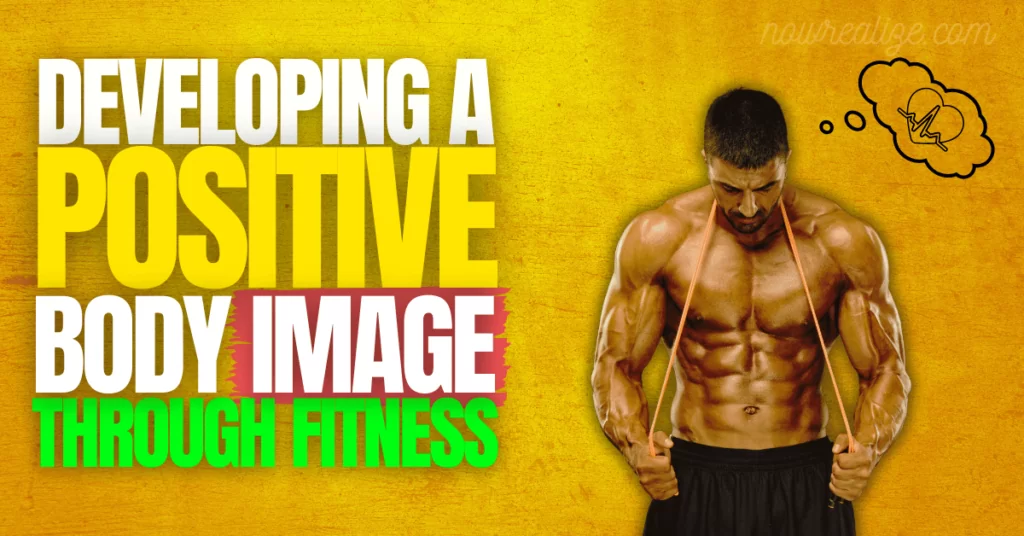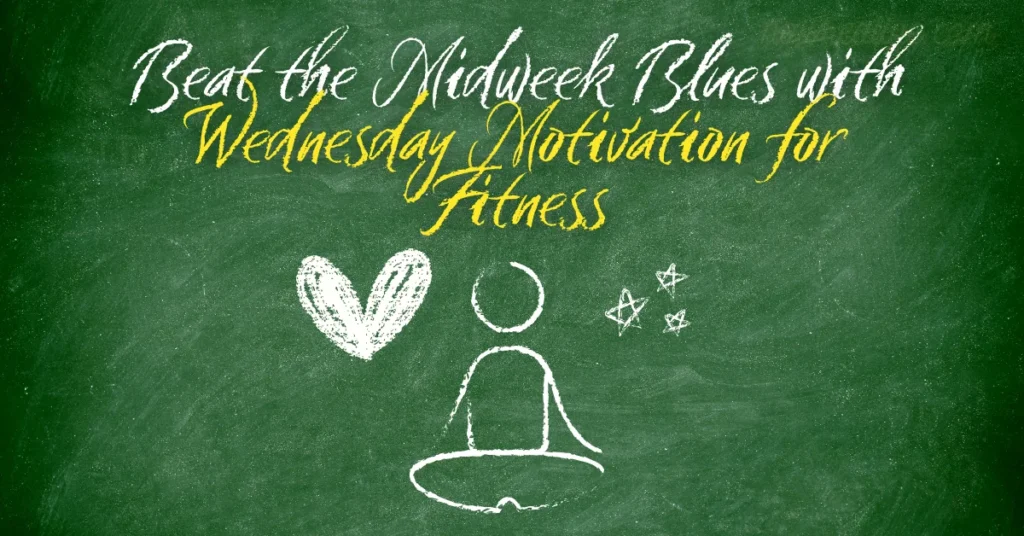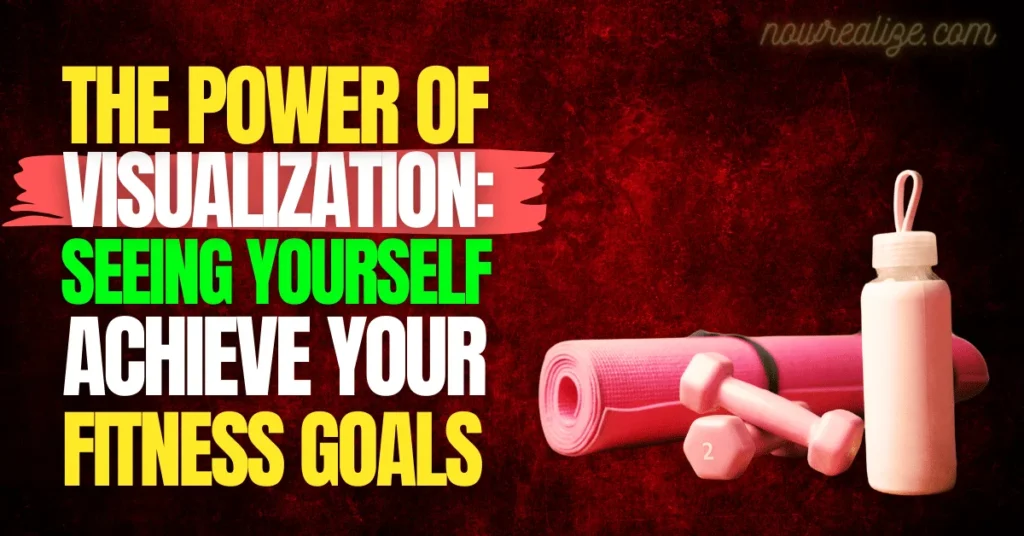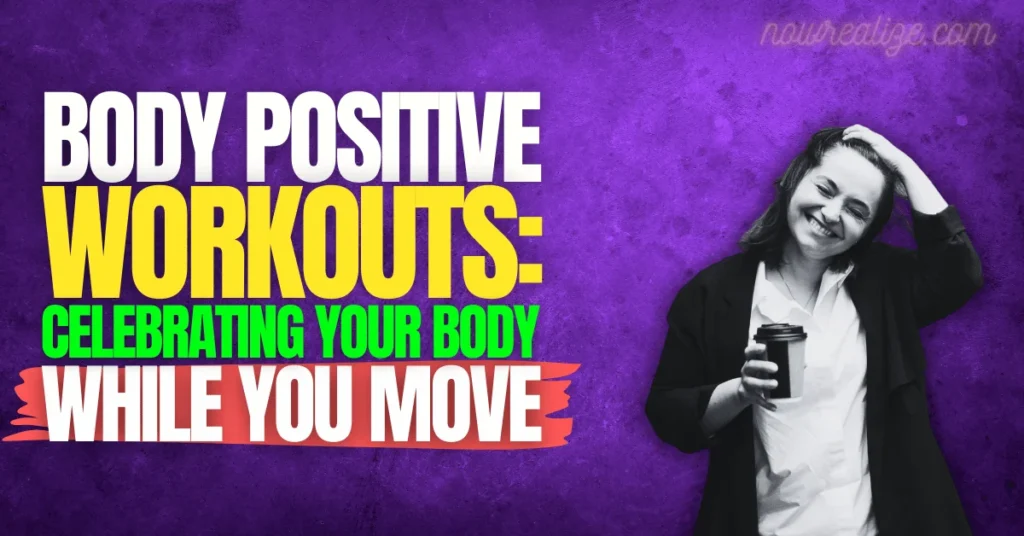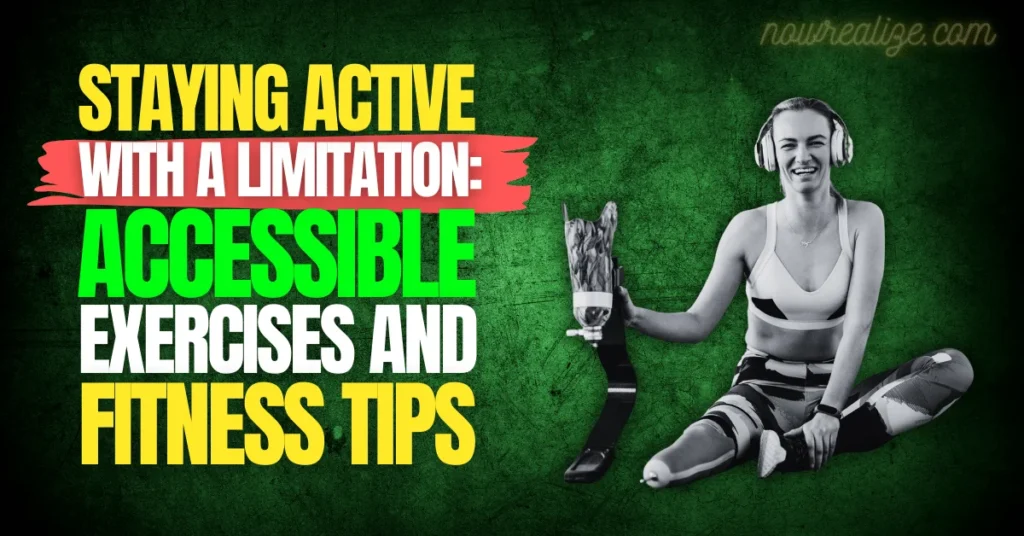
Table of Contents
Introduction

Imagine being diagnosed with arthritis or becoming a wheelchair user and feeling like your days of being active are over. Discouragement sets in, and you believe exercise is no longer an option. But wait—there’s wonderful news! Even with constraints, being active is not only doable but extremely beneficial. Did you know that even 30 minutes of moderate exercise every day may dramatically improve your health? Prepare to discover a world of Accessible Exercises and Fitness tips to keep you moving and feeling wonderful!
The Importance of Staying Active
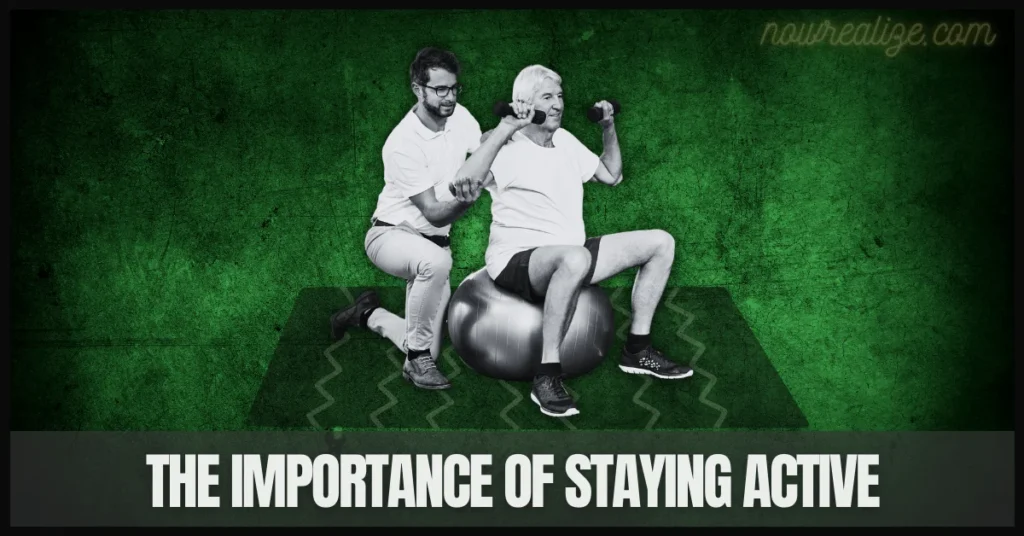
Staying active is important for everyone, especially those with physical limitations. Regular exercise can boost your strength, flexibility, mood, and general health. It promotes weight management, lowers the risk of chronic diseases, and improves mental health. Exercise can also help people with limitations avoid the progression of some disorders and enhance their everyday functioning. The idea is to identify the appropriate changes and adaptations that make exercises more accessible, unveiling a world of Fitness Tips for Limited Mobility.
Busting Common Myths

Myth 1: Exercise is too painful for people with limitations.
There is a frequent misperception that exercising will always be painful if you have physical limitations. While some discomfort is natural when beginning a new regimen, the appropriate Accessible Exercises and Fitness routines should not cause substantial pain. It is critical to listen to your body and engage in activities that are moderate and appropriate for your situation.
Myth 2: Exercise is not beneficial with limitations.
Another common misconception is that exercise is ineffective if you have limits. This could not be further from the truth. Exercise benefits everyone, regardless of physical ability. It promotes cardiovascular health, muscle strength, joint flexibility, and mental well-being. Always talk with a healthcare expert to create a program that is tailored to your specific needs.
Accessible Exercise Options
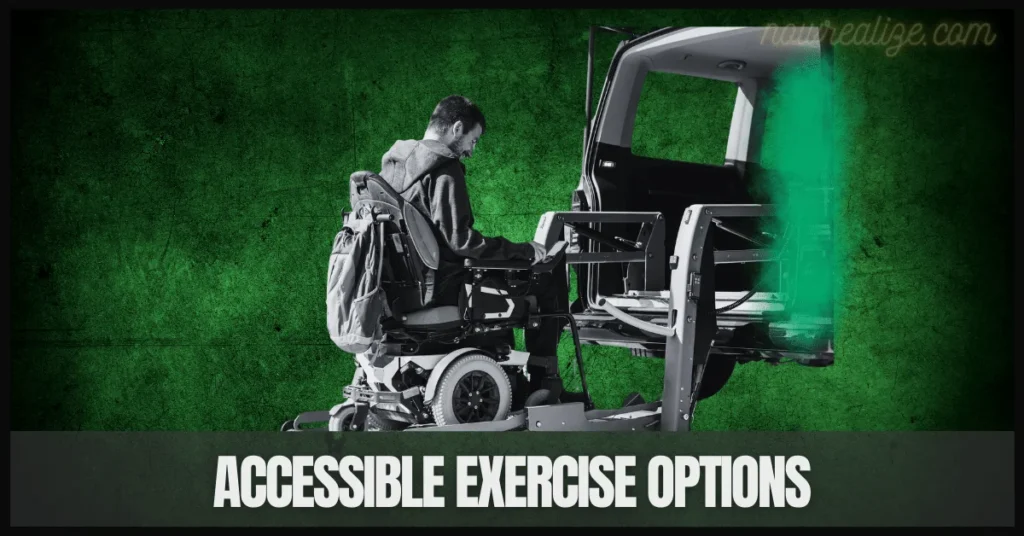
Low-Impact Exercises
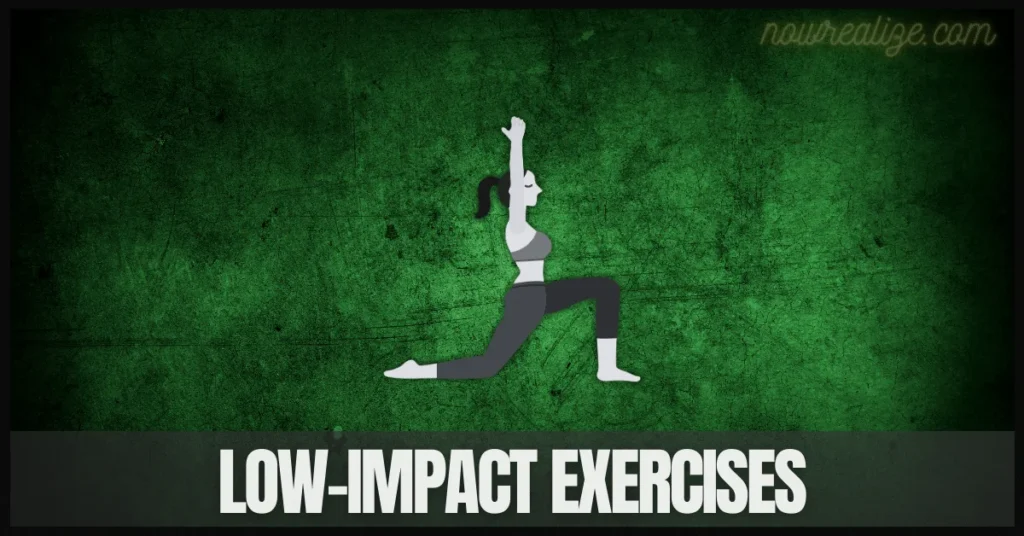
Walking:
Walking is a simple and effective low-impact exercise. It’s simple on your joints and can be done practically any place. If walking outside isn’t an option, try indoor walking at malls or on a treadmill.
Swimming:
Swimming and water aerobics are ideal for anyone with joint discomfort or mobility difficulties. The buoyant properties of water lessen stress on the body while also providing resistance for strength development.
Cycling:
Using a stationary bike or a recumbent cycle is an excellent approach to receive aerobic exercise while minimizing joint stress.
Chair Exercises
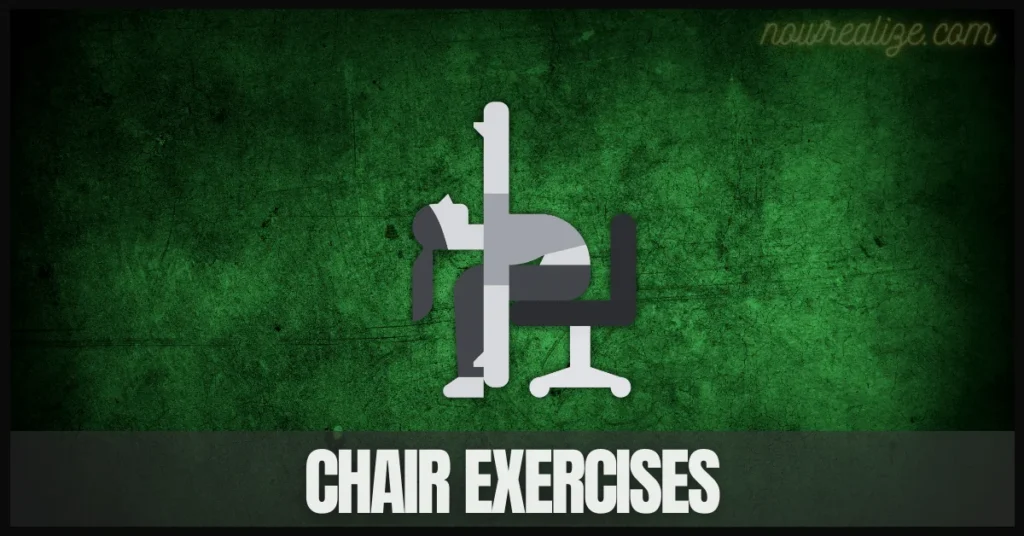
Here are some Chair Exercises:
Seated Marching:
Sit in a firm chair and move your feet up and down. This promotes better circulation and mobility.
Seated Arm Raises:
Sit up straight and extend your arms to the sides and above your head. This can be done with or without modest weights to improve upper-body strength.
Chair Yoga:
Gentle stretches and poses performed while seated can increase flexibility and reduce stress.
Strength Training with Resistance Bands
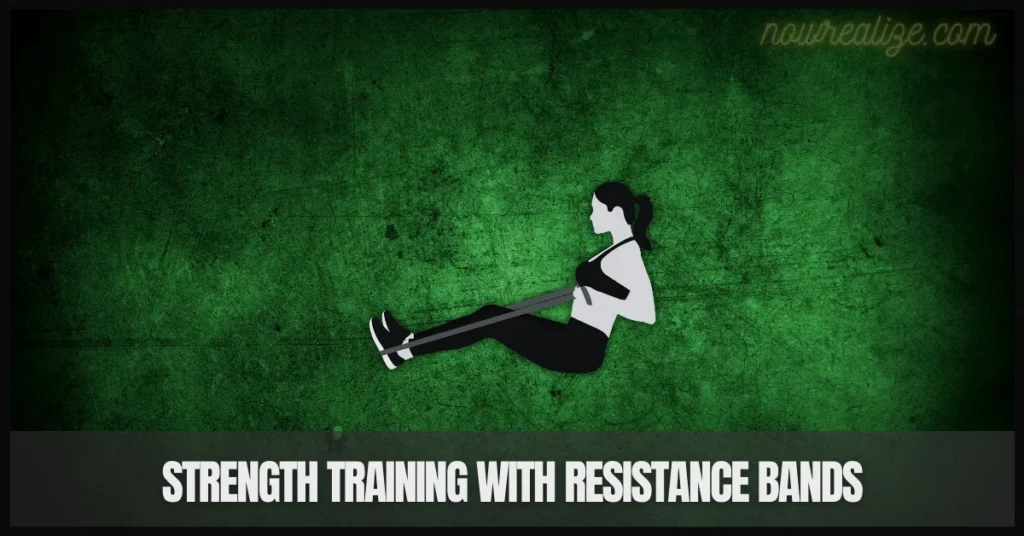
Bicep Curls:
Sit or stand with your feet shoulder-width apart, holding strings of resistance. Hold the bands with your palms up and curl your hands towards your shoulders.
Leg Presses:
While seated, wrap a resistance band over your foot and straighten your leg against the resistance.
Chest Press:
Hold the band behind your back, then straighten your arms in front of you.
Stretching Exercises
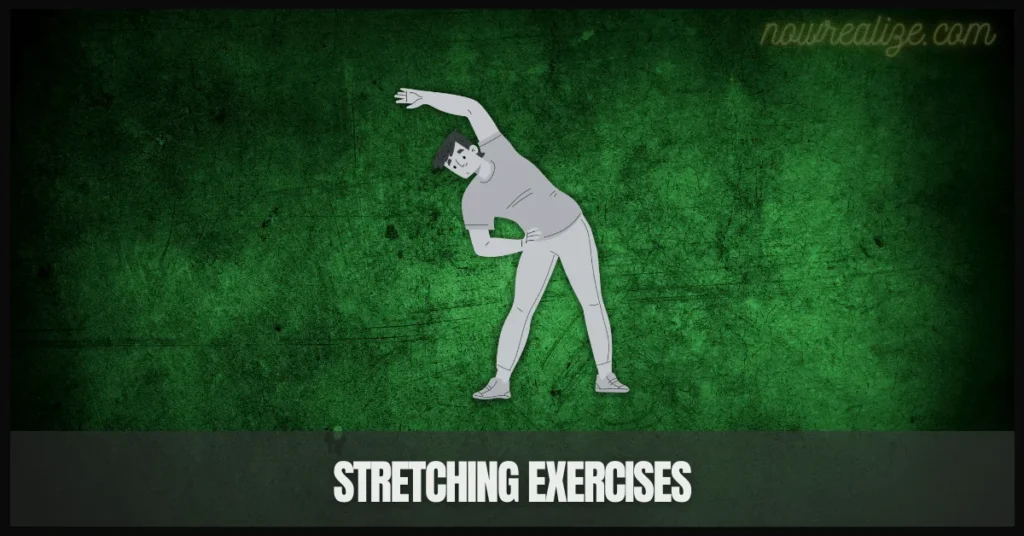
Neck Stretches:
Gently bend your head towards each shoulder and hold the stretch for a few seconds.
Hamstring Stretch:
Sit on the edge of a chair, one leg extended. Reach for your toes to stretch the back of your thigh.
Shoulder Stretch:
Bring one arm across your body and hold it with the opposing arm to feel the strain on your shoulder.
Cardio Exercises with Modifications
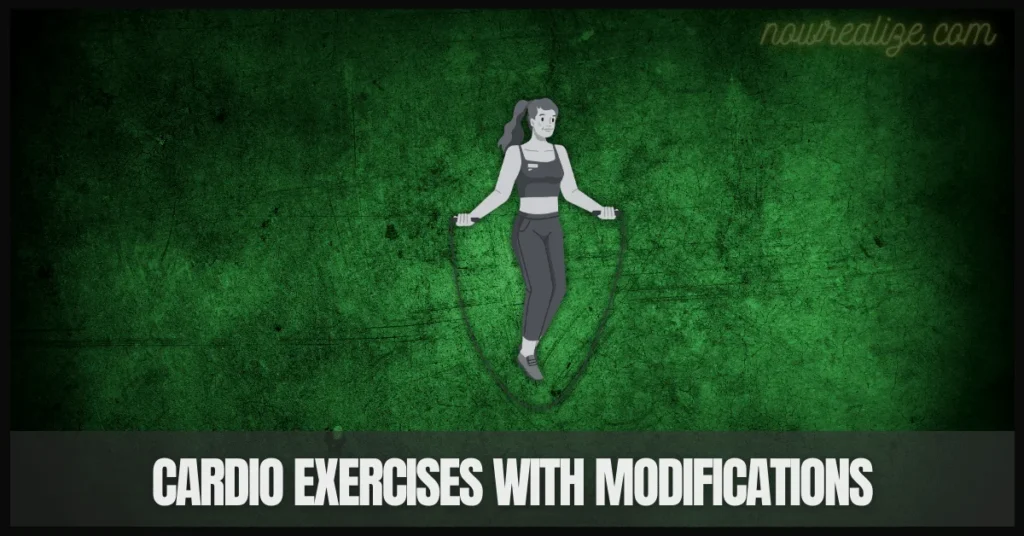
Modified Jumping Jacks:
Instead of jumping, take side-to-side steps with your arms raised above your head.
Step Touch:
Step one foot to the side, then bring the other foot to meet it, alternating sides. Include arm motions for additional cardio.
Low-Impact Dancing:
Dance to your favorite music while keeping your motions soft and within your comfort level.
Fitness Tips for Accessibility
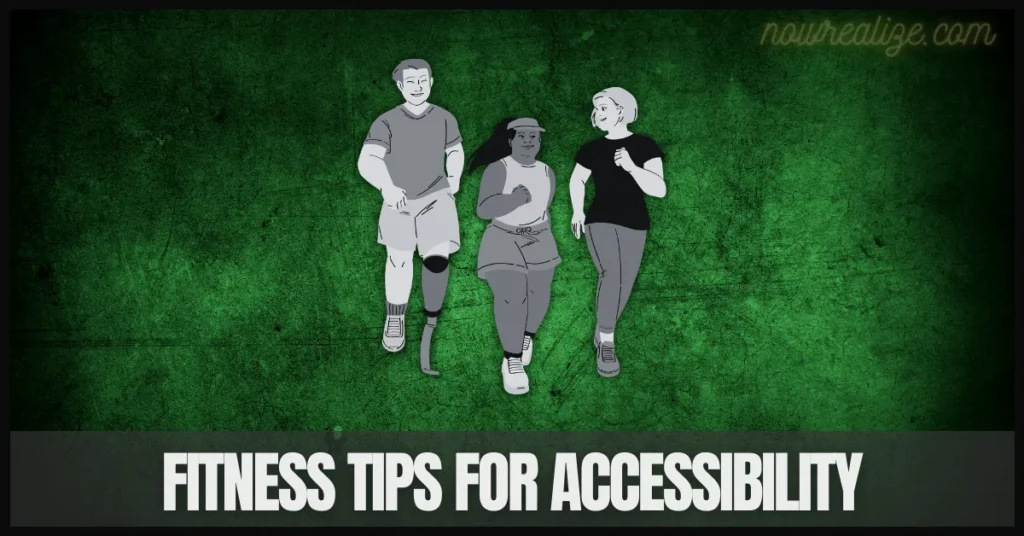
Focus on Ability:
Concentrate on your abilities rather than your limitations. Celebrate modest successes and growth.
Listen to Your Body:
Begin slowly, then gradually increase the intensity. Pay attention to your body’s responses and take breaks as needed.
Make it Fun:
Discover strategies to make exercising pleasurable. Listen to music, work out with a friend, or incorporate activities you enjoy into your daily routine.
Resources and Support

There are several resources available to help you on your Accessible Exercises and Fitness journey. Online forums can provide motivation and advice from people who have had similar experiences. Adaptive fitness programs provide personalized exercise routines, and physical therapists who specialize in limitations can assist in designing a safe and efficient workout routine.
Conclusion on Accessible Exercises and Fitness
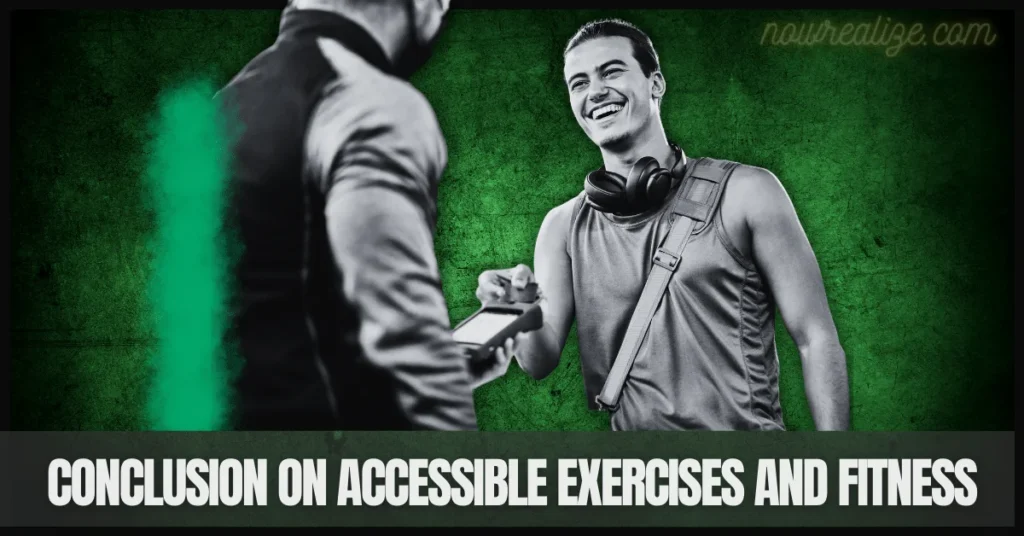
Staying active despite constraints is not only doable but also extremely beneficial. You may improve your health and well-being by focusing on simple activities and paying attention to your body’s signals. Begin your adventure today, and live the active lifestyle you deserve. Remember, the key is to stay moving and enjoy yourself!
FAQs

What are some beginner-friendly accessible exercises?
Exercises suitable for beginners include sitting marching, strolling, swimming, and light stretching. These activities are low-impact and easily adaptable to meet individual needs.
How often should someone with limitations exercise?
It is recommended that you engage in moderate activity for at least 30 minutes most days per week. However, the frequency and length should be adjusted based on individual skills and constraints.
Can I lose weight with accessible exercises?
Yes, you can lose weight through simple exercises. Combining regular physical activity with a balanced diet can aid with weight management.
What should I do if I feel pain while exercising?
If you have pain while exercising, stop immediately and consult a healthcare expert. They can help you alter your routine to avoid damage and make it safe for your condition.
How can I stay motivated to exercise with limitations?
Maintaining motivation can be difficult, but setting realistic objectives, tracking progress, and engaging in pleasant activities can help. Joining support groups or working out with friends can also provide motivation and accountability.

